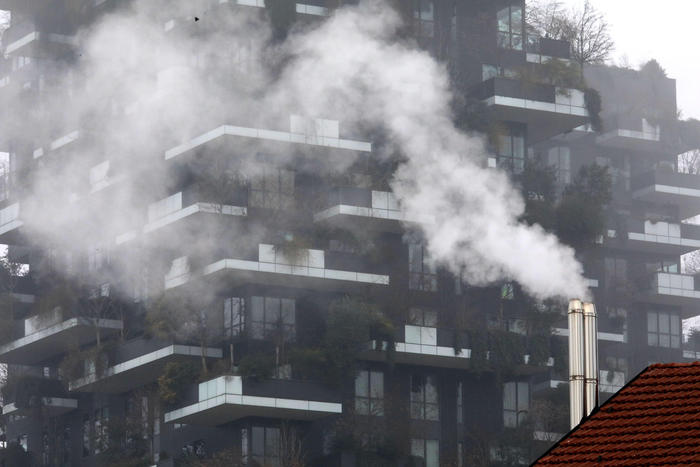Chronic exposure to vehicular traffic pollution increases the risk of developing mental illness and when the smog is beyond alert levels, existing psychiatric conditions can worsen. Thus the risk of depression increases by 13%. This was stated by the experts gathered for the RespiraMi International Seminar: Recent Advances on Air Pollution and Health organized by the IRCCS Ca ‘Granda Ospedale Maggiore Policlinico Foundation and the Menarini International Foundation, in Milan on 17-18 June.
For the first time in Italy, a study on just under two million people followed for eight years quantifies, the specialists explain, the impact on mental health of chronic exposure to fine and ultra-fine particulate matter and air pollution. For each increase of about 1 microgram per cubic meter in exposure to fine particulate matter (PM2.5), the risk of depression increases by 13%, that of anxiety disorders by 9%, of schizophrenia by 7%, especially in the age between 30 and 64 years. Similarly, there is a correlation between the presence of smog and the increase in the prescriptions of antipsychotics, antidepressants and mood stabilizers that increase up to 4%. When urban air quality is poorer, the risk of a worsening of existing psychiatric diseases also increases: a study conducted in Italy on patients with bipolar depression shows that on days of high particulate matter the probability of hospitalization for a manic episode can almost quadruple.
These new “worrying data on the long-term effects of pollution indicate that smog is a concrete danger not only for the heart and lungs, but also for the brain – observes Sergio Harari, co-president of the Seminar and Director of the Pneumology Operating Unit, San Giuseppe MultiMedica Hospital in Milan and professor of Internal Medicine at the State University – Smog can be toxic to brain functioning to the point of causing psychiatric pathologies, probably through an increase in general inflammation or an alteration of the antioxidant defenses “. And the effect of smog on cognitive development in children is now also known: “We know for example that the levels of exposure to air pollution correlate with the skills in mathematical and language tests – comments Pier Mannuccio Mannucci, Professor Emeritus of Internal Medicine , University of Milan and Milan Polyclinic -. On the contrary, the green spaces in the school and in the surrounding environment help learning, leading to an improvement in cognitive development “.
–
|
breaking latest news © Copyright ANSA

